A tool for identifying insects and spiders in West African Rice
Summary
The proper identification of insect pests, and their associated natural enemies, is an important component in developing a holistic system for managing rice insect pests. This digital key to insects found in rice in 17 West African countries provides online help to identify specimens in rice insect collections and collected from the field. These are the first comprehensive taxonomic keys to West African rice arthropods and provide illustrations for 275 species of insects and 69 species of spiders associated with rice agroecosystems...Introduction
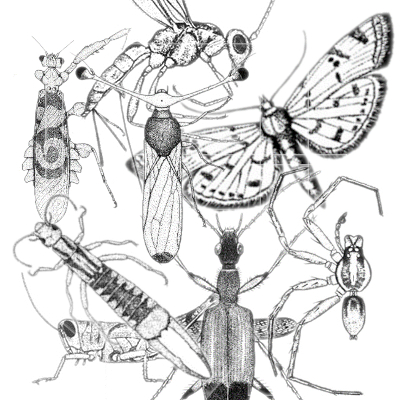
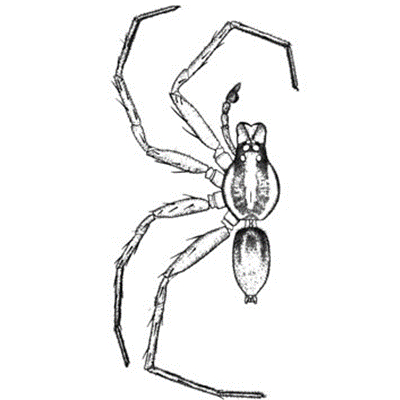
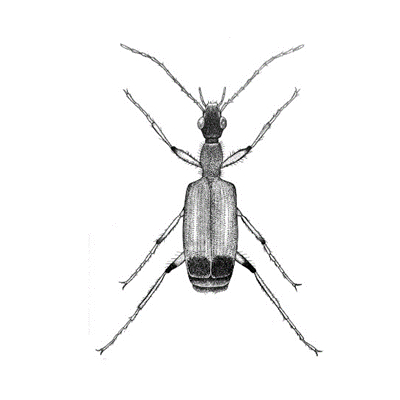
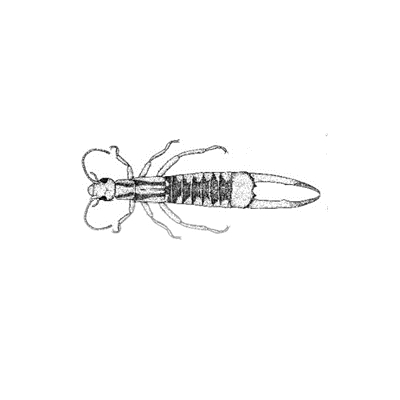
The Dermaptera (earwigs) are elongated, slender insects with a flattened and heavily sclerotized body. They are beetle-like in appearance but are easily distinguished from Coleoptera by the presence of a distinct cerci, or pincers that look like forceps at the tip of the abdomen.
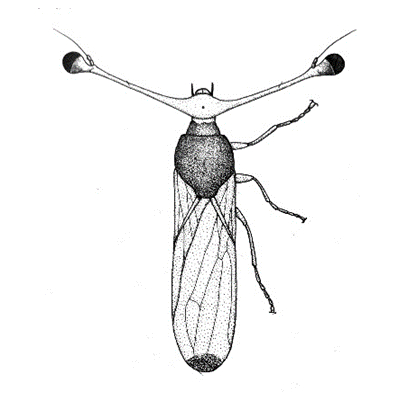
The major dipterans attacking rice in West Africa are the African rice gall midge, Orseolia oryzivora and the stalk-eyed flies Diopsis spp. The adult gall midge is mosquito-like in appearance and does not cause plant damage. The gall midge is primarily a pest of irrigated rice.
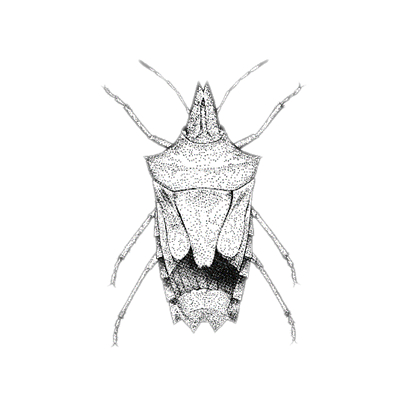
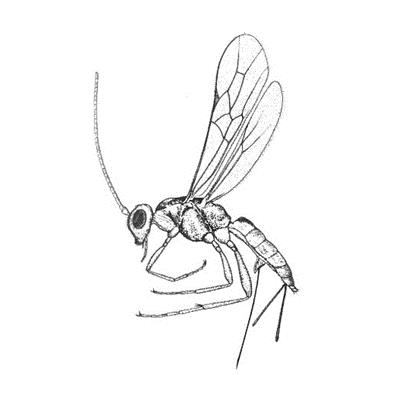
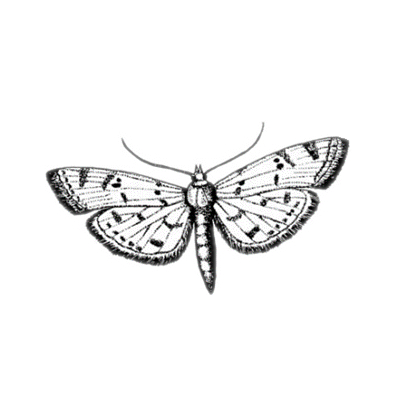
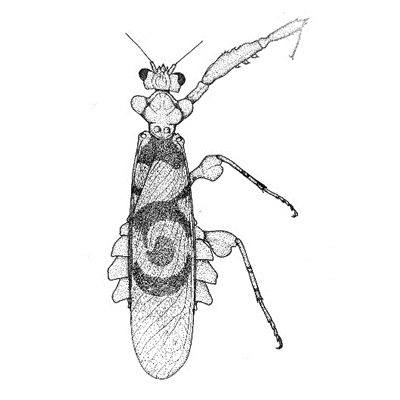
The Mantodea or praying mantids (the fore legs are raised as if in the act of prayer), are predacious. They have voracious appetites and for this reason they are sometimes, incorrectly, called "Preying Mantids".

The Odonata order consists of the dragon- and damselflies. The Odonata are beneficial insects causing no plant damage. The larvae are aquatic. The adults are predacious feeding on a wide variety of adult rice insect pests including lepidopterous moths and adult leafhoppers and planthoppers.

The Orthoptera, grasshoppers and locusts, are foliage feeders (defoliators) in both the nymphal and adult stages The mole crickets, Gryllotalpa africana, are polyphagous insects. They occur in all rice environments but are most prevalent on young seedlings in non-flooded upland rice when the fields are damp.

The Strepsiptera (‘twisted wing’) families Elenchidae and Halictophagidae are common in the West African rice ecosystems. They are distinguished by having pseudohalteres in place of the forewing, the large hind wing with few veins, and the flabellate antennal segments (fan shaped; with long thin processes; lying flat on each other like the folds of a fan).
Author
E. A. Heinrichs
Last updated
January 2022
